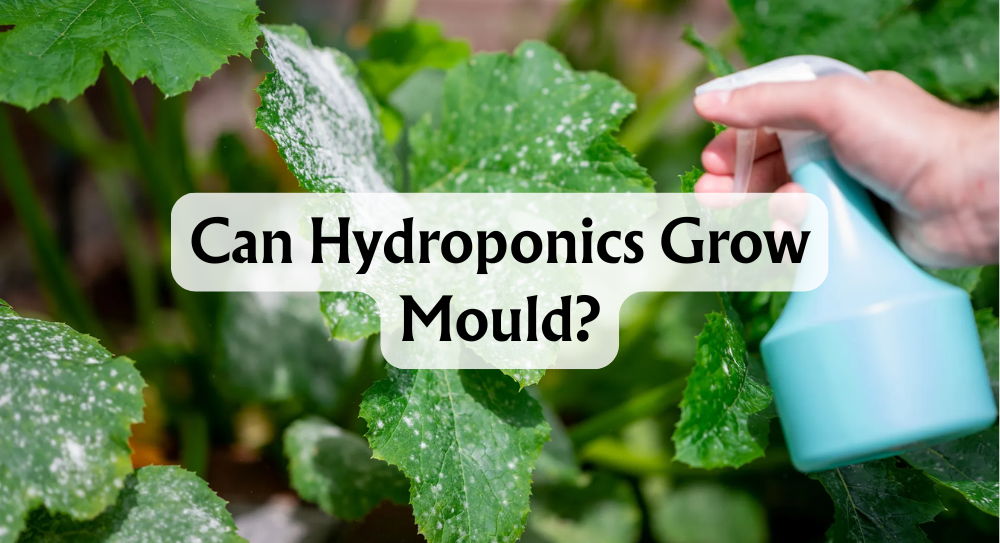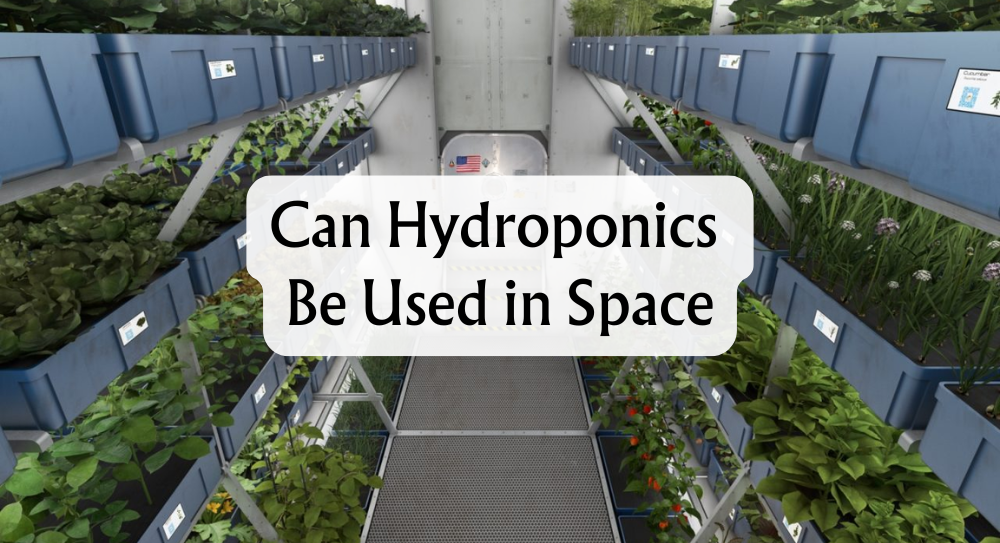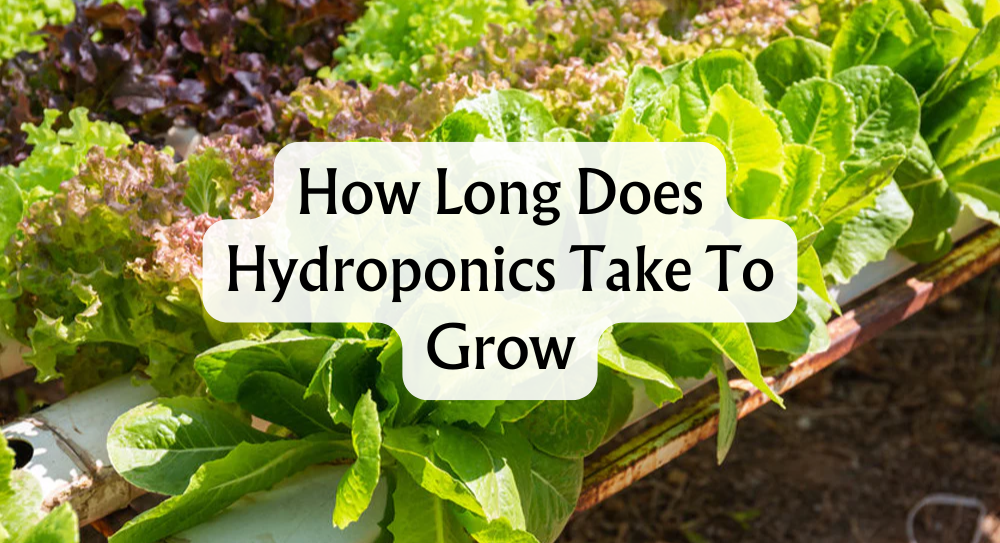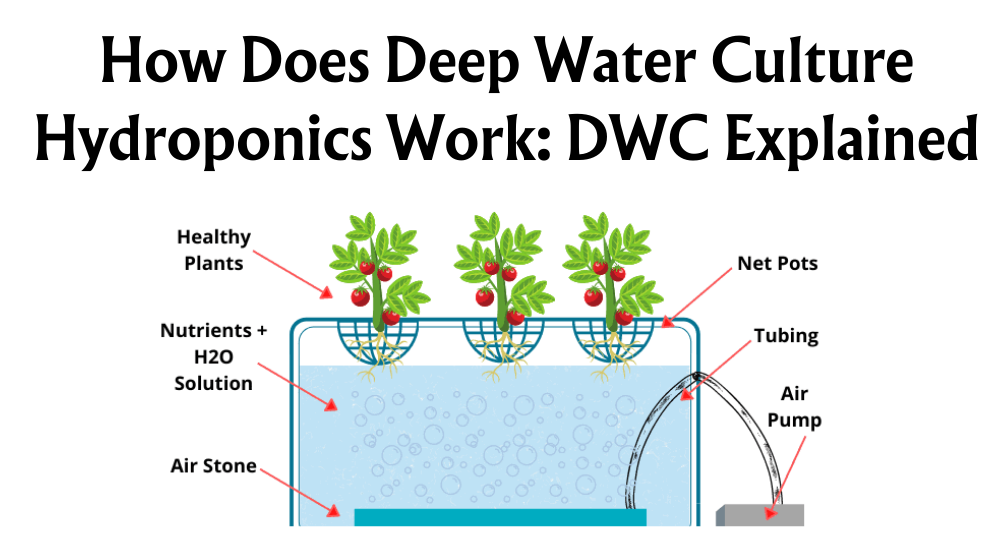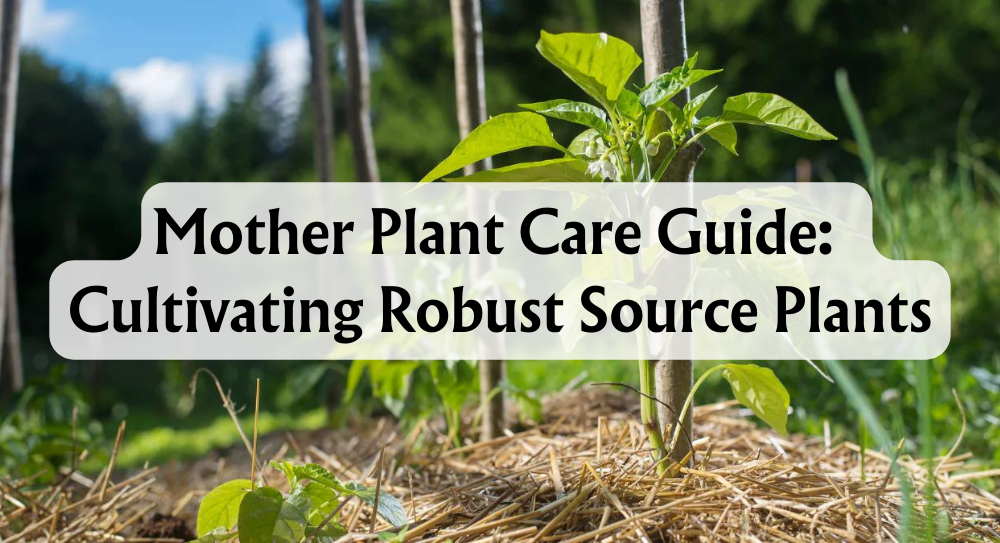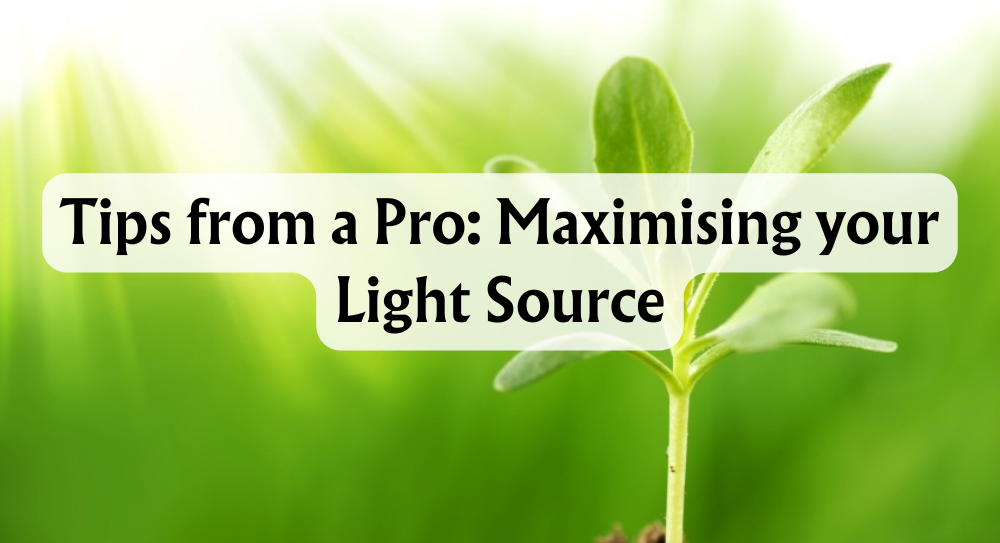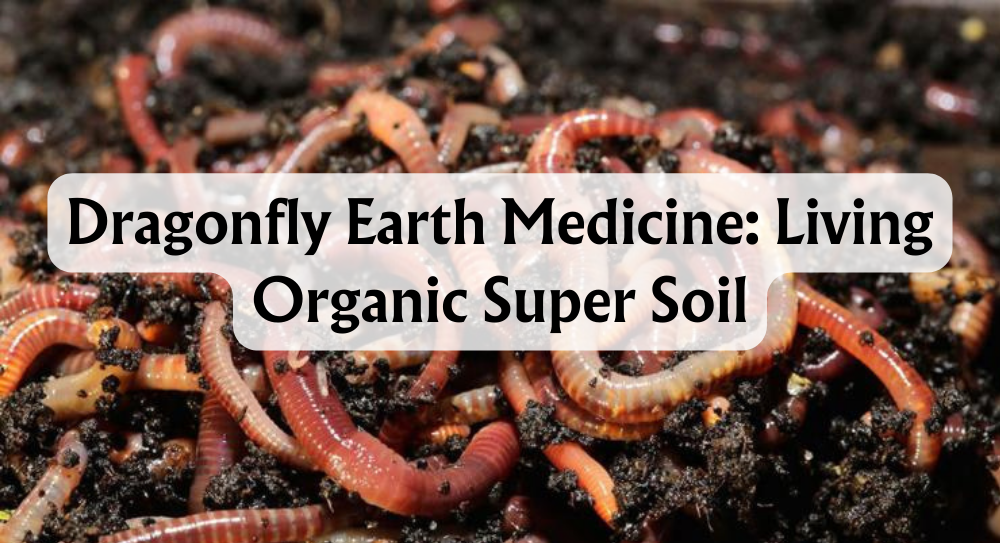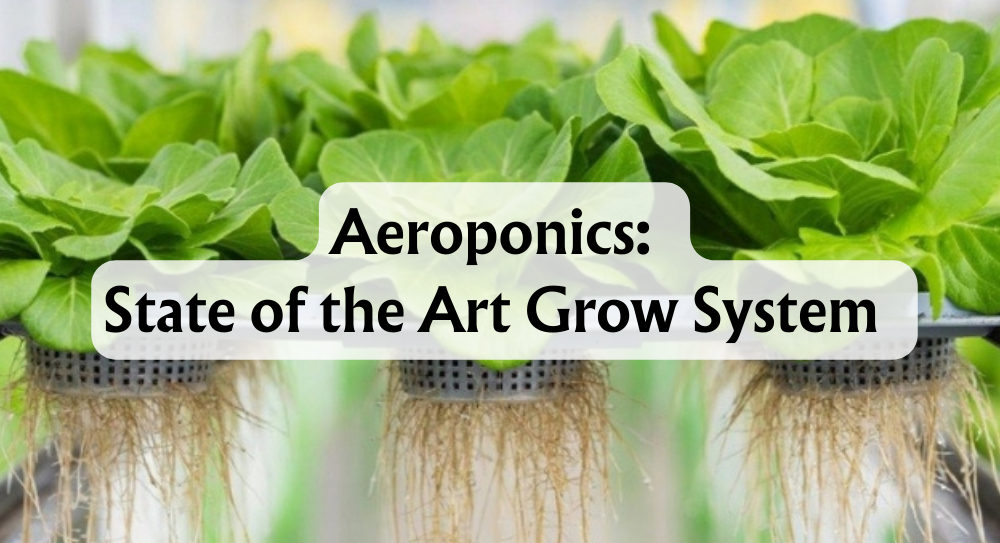When we think of hydroponics, the images of lush, green plants growing without soil often come to mind. This method of cultivating plants offers numerous benefits, like faster growth and higher yield, all while using less space and water. Despite these advantages, hydroponics can indeed be susceptible to mould, much to the dismay of many enthusiasts and professionals alike. Addressing mould is crucial for maintaining plant health and optimising yield.
Why does this seemingly pristine method face the same issues as soil-based growing? The answer lies in the basic requirements for mould: moisture and organic material, which are both present in hydroponics. With the right conditions, mould can thrive, leading to potential damage to our plants and their overall productivity. This introduction invites us to explore how to detect, prevent, and handle mould in our hydroponic systems, ensuring healthy and robust plant growth.
Our goal is to delve into this topic and equip ourselves with practical knowledge to counter this common issue effectively. By understanding the causes and actionable prevention strategies, we can keep our hydroponic gardens flourishing and productive.
Key Takeaways
- Mould can grow in hydroponic systems due to moisture and organic matter.
- Preventing mould is vital for maintaining plant health and optimal growth.
- Understanding causes and prevention helps ensure robust plant development.
What Is Mould?
Mould is a type of fungus that thrives in various environments. Its spores are incredibly tiny, often invisible to the naked eye, and can float through the air. When they land on a suitable surface, they can quickly establish growth. This commonly occurs in places with abundant moisture.
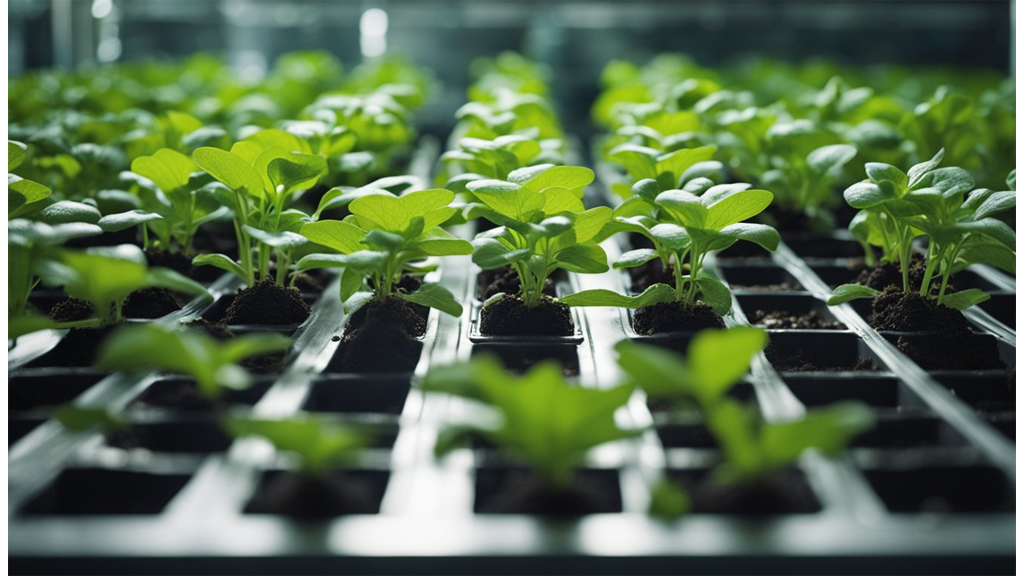
Definition and Characteristics
We encounter mould in various settings. It comes in a range of colours, most commonly black, white, green, or grey. These colours help identify different mould types. The texture varies, ranging from slimy to powdery, depending on the species and the conditions it grows in.
In hydroponic systems, common types of mould include white mould and black spot mould. They can appear on grow mediums or plant surfaces if conditions allow for it.
Conditions Favouring Mould Growth
Mould thrives in warmth and moisture. These elements are plentiful in hydroponic systems. The presence of organic matter, like plant debris, can also make mould more likely.
In hydroponics, maintaining proper airflow and avoiding overcrowding can help reduce mould risk. This is crucial, as stagnant air and excess humidity create favourable conditions for mould growth.
By controlling environmental factors, we can significantly minimise the risk of mould impacting our hydroponic endeavours.
Yes, It Can! - Causes Of Mould In Hydroponics
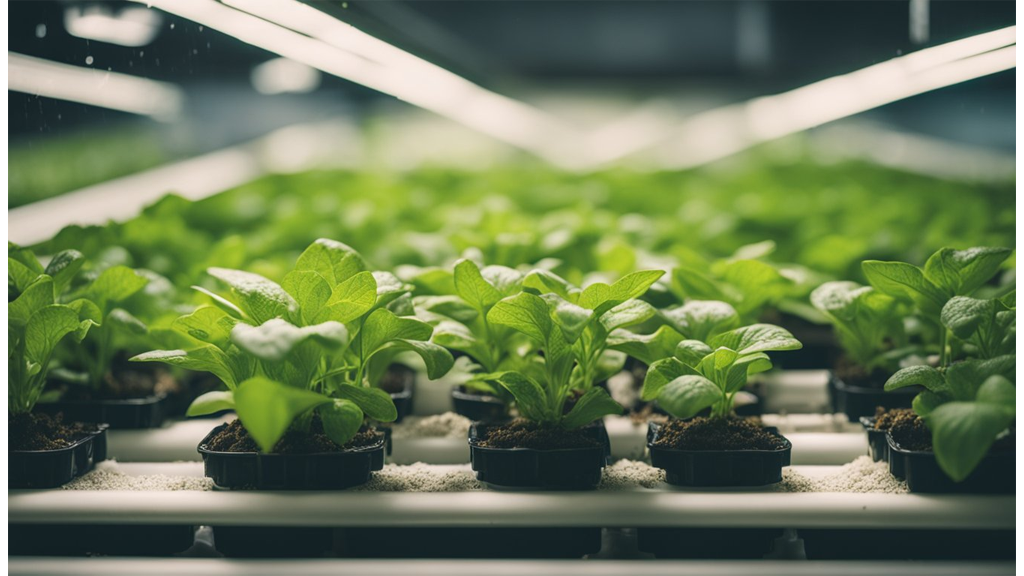
Excess Moisture and Humidity
In our hydroponic systems, moisture is a constant companion. High humidity levels can lead to mould thriving on plant roots. Standing water, coupled with poor drainage, exacerbates this issue. Ensuring proper drainage is crucial to avoiding these damp conditions that invite mould.
Poor Air Circulation
We often notice that stagnant air can be a breeding ground for mould. Our setups require adequate ventilation to keep air moving. Poor airflow can create pockets of warm, humid air, leading to unwanted mould growth.
Contaminated Equipment and Materials
Using unsterilised tools is a common mistake. These tools can introduce mould spores into the system. There was a notable case where contaminated growing media led to a widespread mould outbreak in a thriving setup. We must diligently sterilise equipment to prevent these mishaps.
Inadequate Light Exposure
Proper lighting is a key component of any hydroponic system. A lack of light results in damp, shadowy environments where mould can flourish. We've seen setups with ample lighting facing significantly fewer mould issues. A well-lit area is inhospitable to these unwelcome guests, making it essential to optimise our lighting solutions.
Mould Prevention For Hydroponics
To ensure a thriving hydroponic system free from mould, addressing light, ventilation, equipment, and cleanliness is crucial. We'll look at strategies for each area to help maintain plant health and hydroponic maintenance.
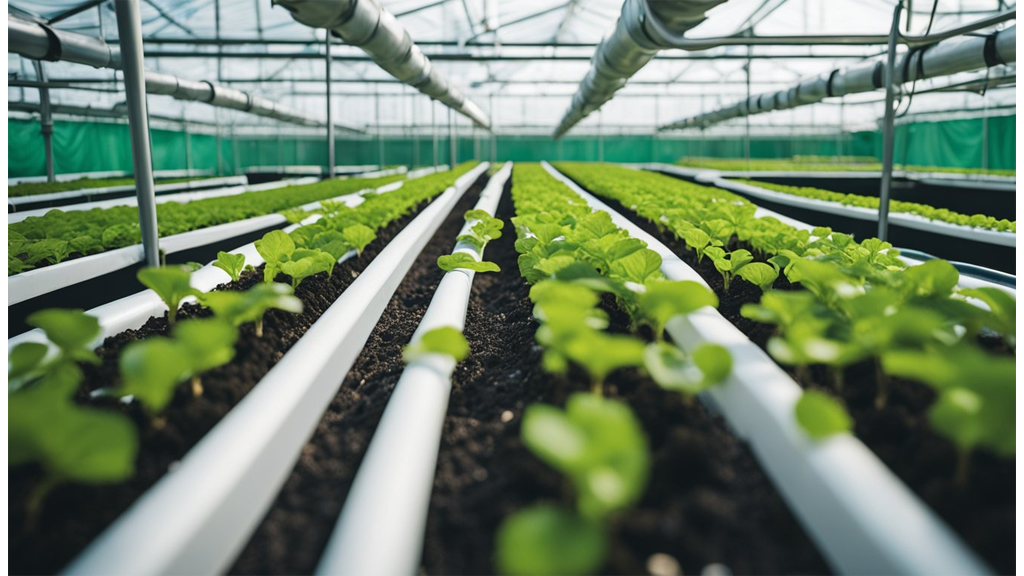
Provide Sunlight Or Grow Lamps
Ensuring Adequate Light Exposure
Natural sunlight plays a significant role in mould prevention. Exposure to natural light inhibits mould growth by reducing damp conditions. When growing indoors, we use grow lamps to supplement light, ensuring that our plants get the necessary exposure, even on cloudy days.
Selecting Appropriate Lighting Equipment
Choosing effective grow lamps is essential for a consistent light supply. LED grow lights are a popular choice due to their energy efficiency and full-spectrum coverage. Setting up grow lamps requires placing them at the appropriate distance—usually recommended by manufacturers—for optimal coverage, ensuring uniform light distribution across all plants.
Good Ventilation, Prevent Moisture
Implementing Proper Airflow
Good airflow is essential to prevent mould. Fans and exhaust systems enhance air circulation, particularly in cramped setups. Installing small oscillating fans can make a big difference, ensuring that air moves freely around plants and prevents stagnant air pockets where mould might thrive.
Controlling Humidity Levels
Maintaining proper humidity is vital, with an ideal range of 40-55% during growth phases and 25-45% during flowering. Dehumidifiers and hygrometers are useful tools. Monitoring humidity ensures it's kept in check, preventing the excessive moisture mould needs to grow.
Incorporate Hydroponics Equipment
Using Sterilized Tools and Materials
We stress the importance of cleanliness in preventing contamination. Sterilising equipment with hydrogen peroxide can dramatically reduce the risk of mould. A regular cleaning routine involving rinsing tools post-use and periodic deep cleaning is beneficial for ensuring a sterile environment.
Selecting Non-porous Growing Media
Utilising inert substrates like hydroton is an excellent strategy. These materials don't retain moisture or support mould growth, offering an ideal growing medium. Other suitable options include perlite and rock wool, known for their durability and resistance to mould.
Wash Containers Consistently
Regular Cleaning Protocols
Routine cleaning of reservoirs and containers is essential. We recommend cleaning every two weeks using a thorough approach that includes scrubbing with a brush to remove any residues. This practice has shown noticeable improvements in plant health and prevents blockages that may occur from mould buildup.
Safe Cleaning Agents
Using plant-safe cleaning solutions is critical. Agents such as vinegar and baking soda can be effective without harming your plants. These options are environmentally friendly and ensure that harmful residues aren't left behind, keeping the hydroponic system in pristine condition.
Growing After Mould
When mould affects our hydroponic setup, it's crucial to take immediate and effective measures to ensure a healthy garden recovery. This involves sterilising everything in the growing area, discarding old media, using sulphur burners, and ensuring we source healthy plant clones.
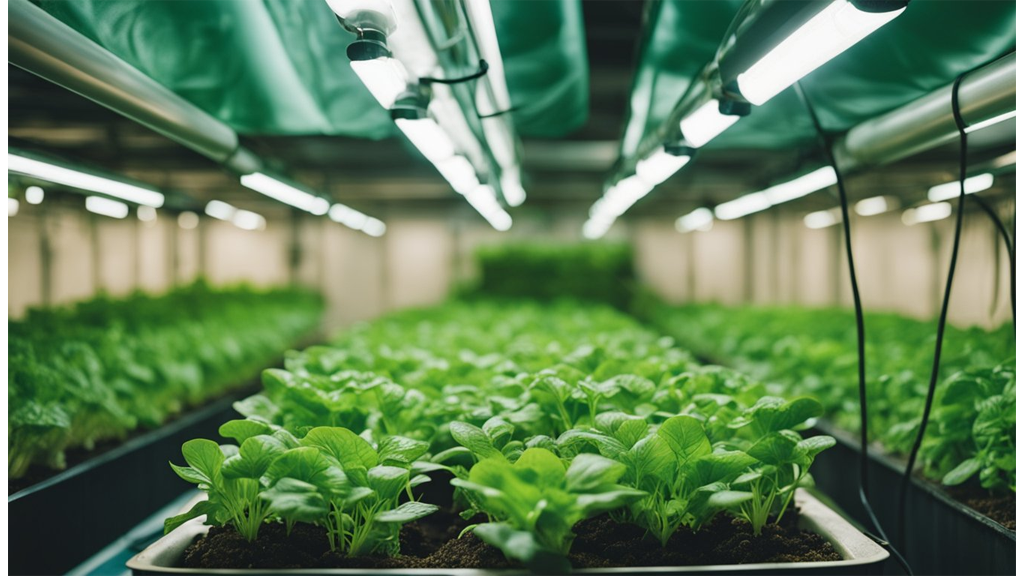
Ensure the Total Growing Area and All Equipment Are Sterilised Now & In Between Cycles
Comprehensive Sterilisation Techniques
We start by scrubbing down every surface and piece of equipment. Using reliable disinfectants like hydrogen peroxide ensures all traces of mould and mildew are eradicated. Follow these steps:
- Remove all plants and media.
- Wash surfaces with a cleaning solution.
- Rinse with water and dry thoroughly.
Disinfect grow lights, air circulation devices, and any tools.
Importance of Ongoing Maintenance
To prevent a mould comeback, establish a regular cleaning schedule. This includes routine checks for early signs of mould or mildew, especially in hidden corners and under surfaces. Maintaining proper humidity and air circulation will also play a vital role.
Throw Away All Growing Media - Don't Be Tempted to Reuse Anything
Risks of Reusing Contaminated Media
Reusing media could reintroduce mould to our garden. Even if it looks clean, pathogens can linger unseen. Experts advise against attempting to salvage any materials like rockwool or coco coir once contamination occurs.
Selecting New, Sterile Growing Media
Choosing a reliable, sterile media is key. Opt for materials that suit specific hydroponic systems, like deep water culture or nutrient film technique. Before use, soak the new media in disinfectant. Rinse thoroughly to create an ideal growing environment.
Consider Running a Sulphur Burner Before Next Cycle
Benefits of Sulphur Burners in Mould Prevention
Sulphur burners can help eradicate mould spores. The fumes disrupt mould metabolism, creating an uninhabitable environment. However, it's essential to follow safety guidelines to protect ourselves and our plants.
Application Guidelines
Operate the burner in a sealed room before planting new crops. Schedule multiple short sessions to ensure effectiveness. Case studies have shown notable reductions in fungal growth with regular use.
Get All Your Future Clones from Reputable Sources or Grow Your Own
Ensuring Healthy Plant Stock
Healthy clones are crucial for a thriving garden. When sourcing clones, verify that suppliers provide disease-free stock. Look for certifications or customer testimonials as reassurance.
Propagating Your Own Clones
Growing our own clones guarantees control over plant health. It reduces risk and cuts costs. To propagate:
- Select a healthy parent plant.
- Cut stems with sterile tools.
- Place in a suitable rooting medium.
This approach ensures fresh starts free from contamination.
Conclusion
In our exploration of hydroponics, we've seen that these systems can indeed provide ideal conditions for mould growth. The constant moisture and nutrient availability create a fertile environment for mould to thrive.
Mould growth can be combated with proactive prevention and diligent maintenance. Basic strategies include ensuring good air circulation, preventing overcrowding of plants, and maintaining a clean growing area.
Regularly monitoring our hydroponic systems can also help catch any mould issues early. Implementing these practices can safeguard our plants and ensure robust growth.
We can take these steps to enjoy successful and healthy hydroponic gardening. Our commitment to these practices will lead us to a thriving garden free of mould issues.







 Store Locator
Store Locator
